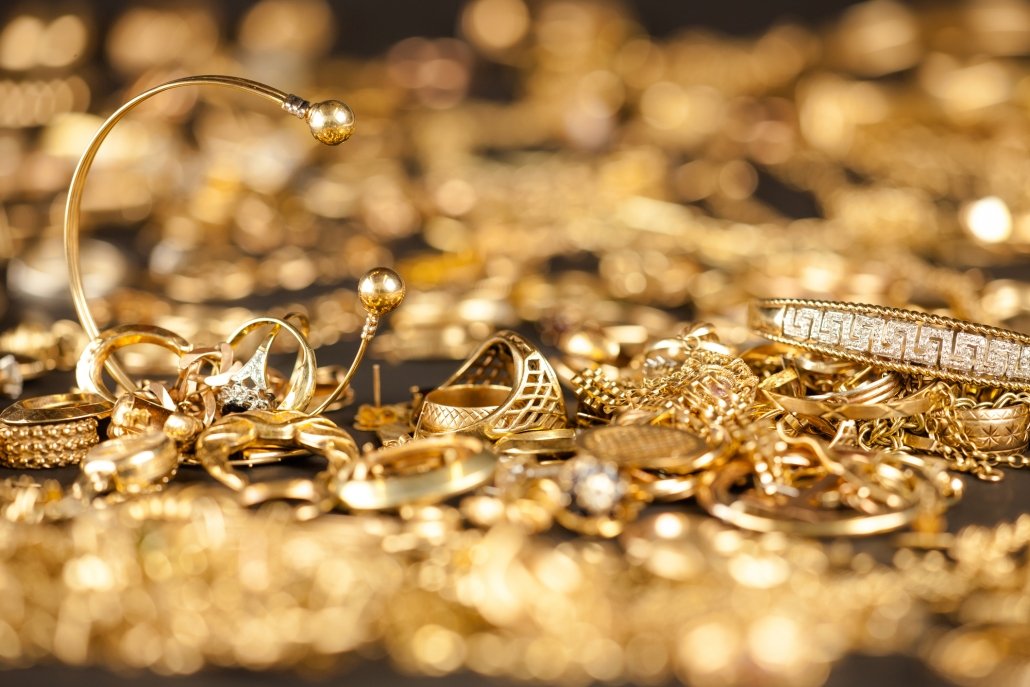Examining the Forces Behind the Precious Metal’s Timeless Appeal in the Global Market
Gold is esteemed by people throughout millennia centuries, while its worth continues to hold strong in today's economy. This lustrous metal is not just aesthetically pleasing; it possesses numerous properties that make it distinct. Gold is scarce, resilient, and resists tarnish or corrosion, which signifies it can last a very extended period. These attributes have established the precious metal a favored option for ornaments, coins, and even as a medium of exchange. In contemporary times, gold is also seen as a safe asset, especially during financial instability. Market participants often rely on the metal to safeguard their capital when the stock market is volatile.

A primary factor the precious metal remains valuable is its function as a protection against inflation. Inflation takes place when the costs of products and services increase gradually. When inflation happens, money diminishes in its buying strength, which may cause people concerned about their reserves. Gold often holds its value during these periods, meaning that it can help preserving buying capacity. This attribute renders gold an appealing option for investors seeking to protect their holdings against inflationary pressures. Therefore, many people opt to purchase gold when they worry that their currency might lose value.
Another factor supporting the precious metal’s lasting value comes from its demand across various industries. Beyond jewelry and asset holdings, this element finds applications in technology and medicine. For instance, gold can be found in mobile devices and computers due to its excellent conductivity. In the medical field, it is used in certain therapies and diagnostic tools. This industrial demand helps keep the price of gold stable and can even drive it higher. As innovation progresses, the requirement for the precious metal in these applications may only increase, reinforcing its value in the market.
The perception of gold as a symbol of wealth and success also plays a significant role in its lasting appeal. Societies around the globe have long associated gold with prosperity and power. People often present the metal as offerings during important events like marriage ceremonies or anniversaries to represent devotion and dedication. This traditional importance sustains a robust demand for the precious commodity, as people consistently pursue it for personal reasons beyond just investment. The emotional connection people hold toward the metal guarantees that it will continue to be highly desired.
Finally, the global nature of the investigate this site gold market supports its enduring value. This asset is traded internationally, meaning that its price is affected by developments occurring all around the world. Geopolitical turmoil or shifts in regulatory measures may trigger variations in interest for the metal. Nonetheless, this global interest also means that there are many buyers and traders ready to exchange it at any moment. As markets expand or contract, the gold sector responds in kind but typically stays resilient because of its global attractiveness and uses.
To summarize, the precious metal’s lasting value in the modern economy stems from several key factors: its unique properties, ability to hedge against inflation, industrial demand, visit this web-site traditional importance, and global market dynamics. As long as people continue to recognize the value of this precious metal for multiple uses—whether for asset building or individual purposes—the metal will likely maintain its status as a critical resource in today's financial system.